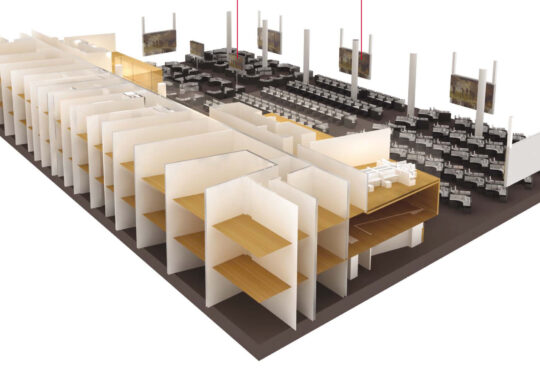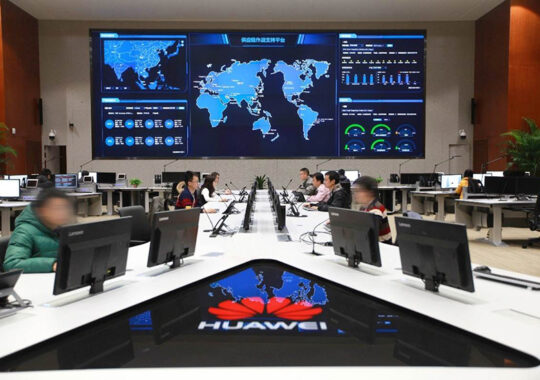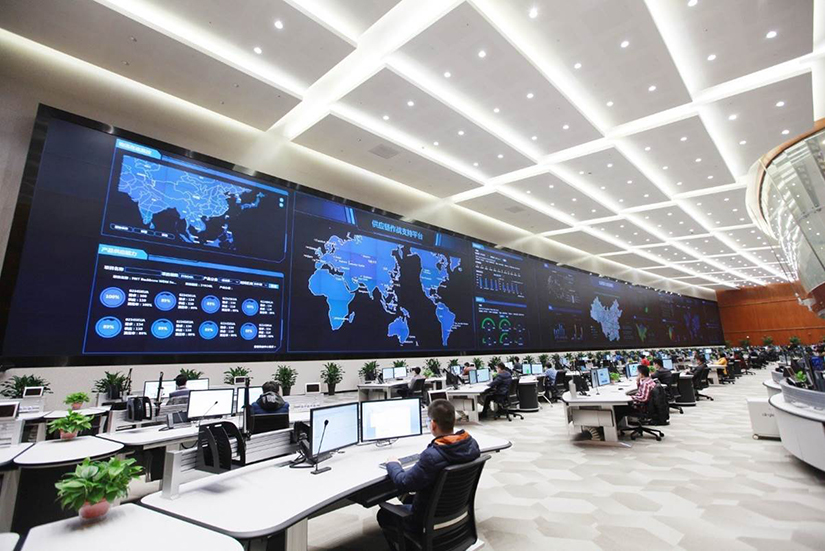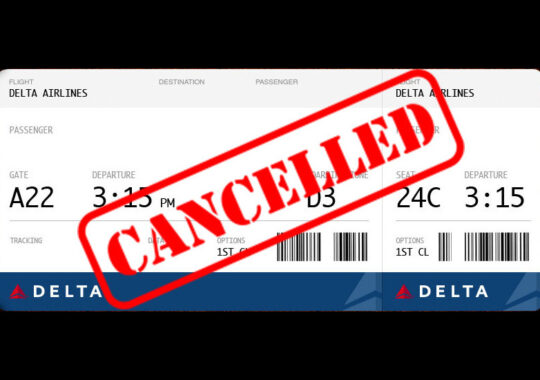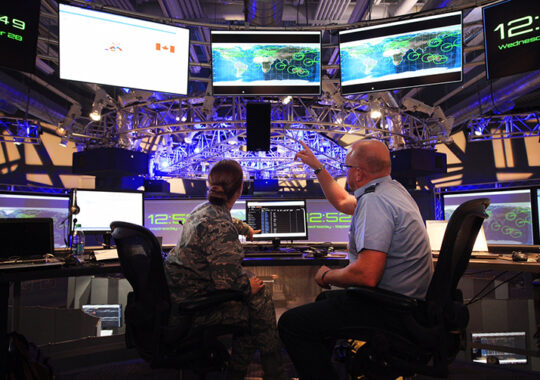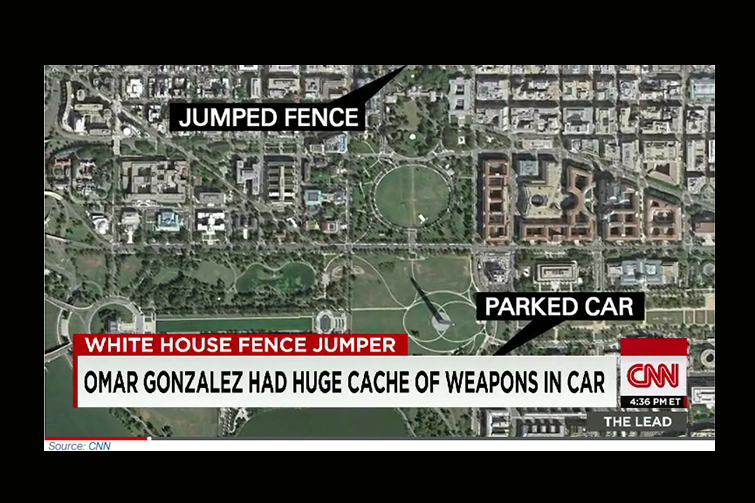First Hawaii, now Japan. Just days after a missile alert was accidentally deployed to the citizens of Hawaii, a similar mistake was made in Japan when a warning was issued to its residents stating North Korea had launched a missile, and citizens should take shelter. In both cases human error was to blame.
The world is on edge about the potential for nuclear war – and rightly so. In September North Korea conducted its 6th nuclear test, stating it had tested a thermonuclear weapon (hydrogen bomb), and in November claimed they successfully tested an intercontinental ballistic missile that could reach the U.S. mainland.
Now is not the time for a breakdown in the trust of our government systems.
1. We don’t want people to question the credibility of the emergency alert system & dismiss them based on these blunders;
2. We don’t want people to experience this type of fear and confusion again;
3. We certainly don’t want a false alarm to set off an accidental nuclear war.
Recent reports have shown some government systems are limited & confusing. For example, the following is a view of the screen that set off the ballistic missile alert in Hawaii. The operator clicked the “PACOM (CDW) State Only” link, but the “DRILL – PACOM (CDW) State Only” link should have been clicked.
As you can see, the drop down menu features a series of hyperlinks that are hard to understand, some of which are acronyms or in shorthand. Since the incident in Hawaii a BMD False Alarm hyperlink has been added.
Photo Credit: Honolulu Civil Beat via Twitter
As frightening as these incidents were, it sheds light on areas that need improvement, and presents an opportunity for problems to be fixed. The tools exist, but the systems & safeguards must be in place for a coordinated response to occur.




